Real-World Acts Are Becoming On-Chain Contributions
From Mining to Meaningful Action
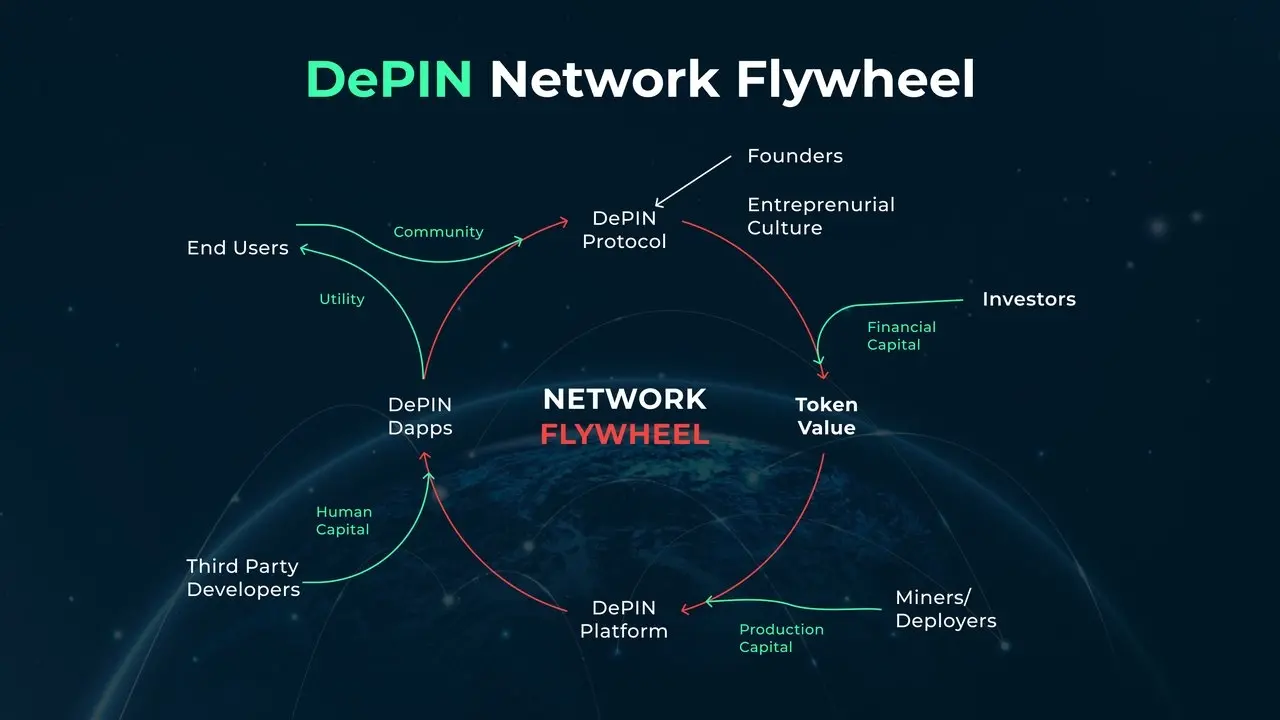
How Can Everyday Actions Be Turned into On-Chain Value?
-
Connectivity and Location Services: Users can earn token rewards by contributing to decentralized networks,through deploying shared hardware to provide WiFi, IoT, or 5G coverage, or uploading dashcam footage to enhance mapping data.
-
Health and Fitness: Physical activity is directly incentivized through tokenized rewards. "Move-to-Earn" project like StepN require users to own NFT sneakers. As they walk or run in the real world, they earn tokens. At its peak, StepN had over 530,000 daily active users and 2.3 million monthly active users. Although the hype has cooled, the model proved strong user demand for earning through real-world action.
-
Energy and Charging: Everyday charging behavior can also become a form of mining. One example is CyberCharge, which targets the high frequency scenario of device charging and has launched the first Web3 native smart charger. When users charge their devices as usual, a built-in chip records a "proof of charge" and issues token rewards. This transforms a routine activity, previously without financial return into a source of on chain value.
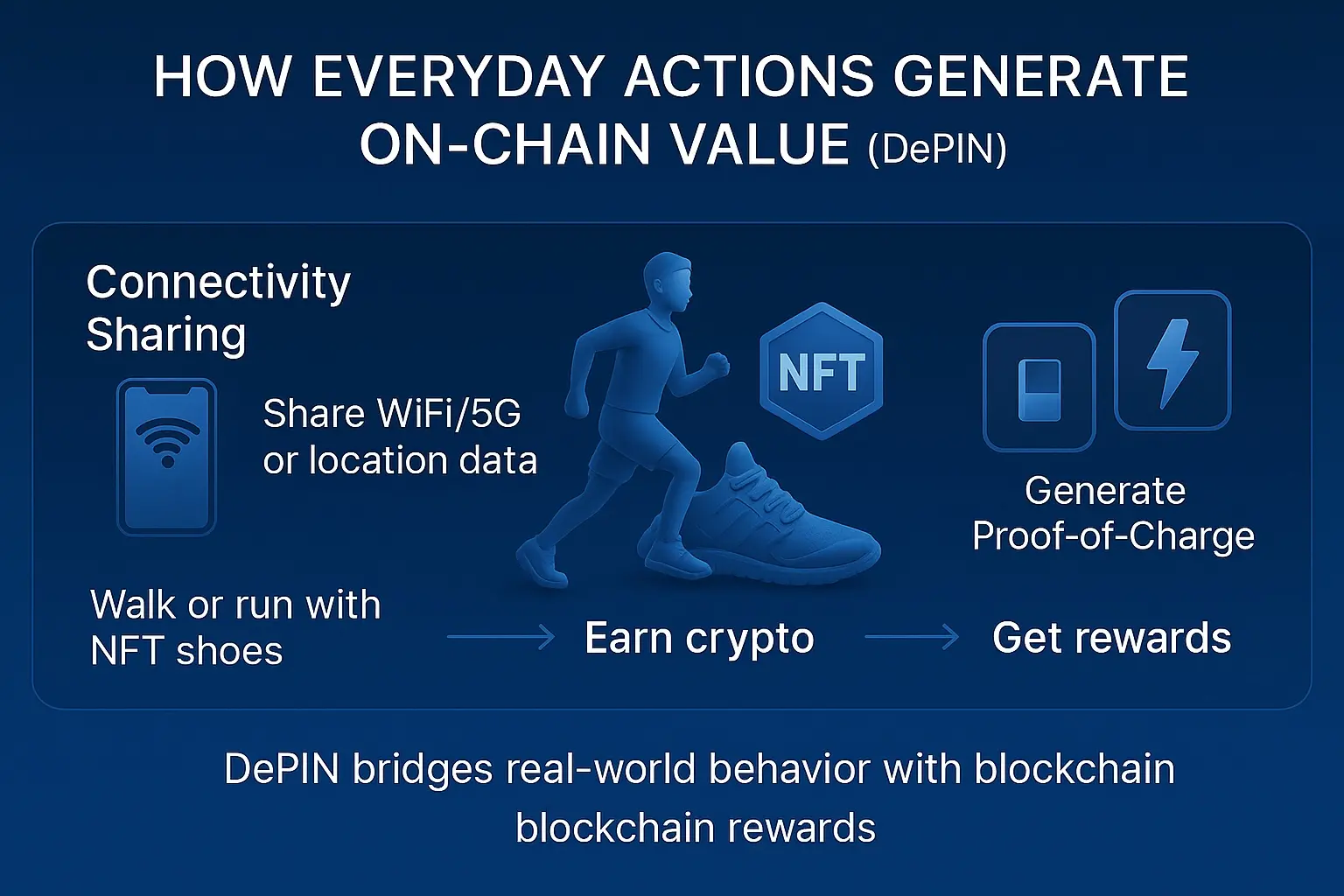
Technical Evolution: Lowering the Barrier, Ensuring Authenticity
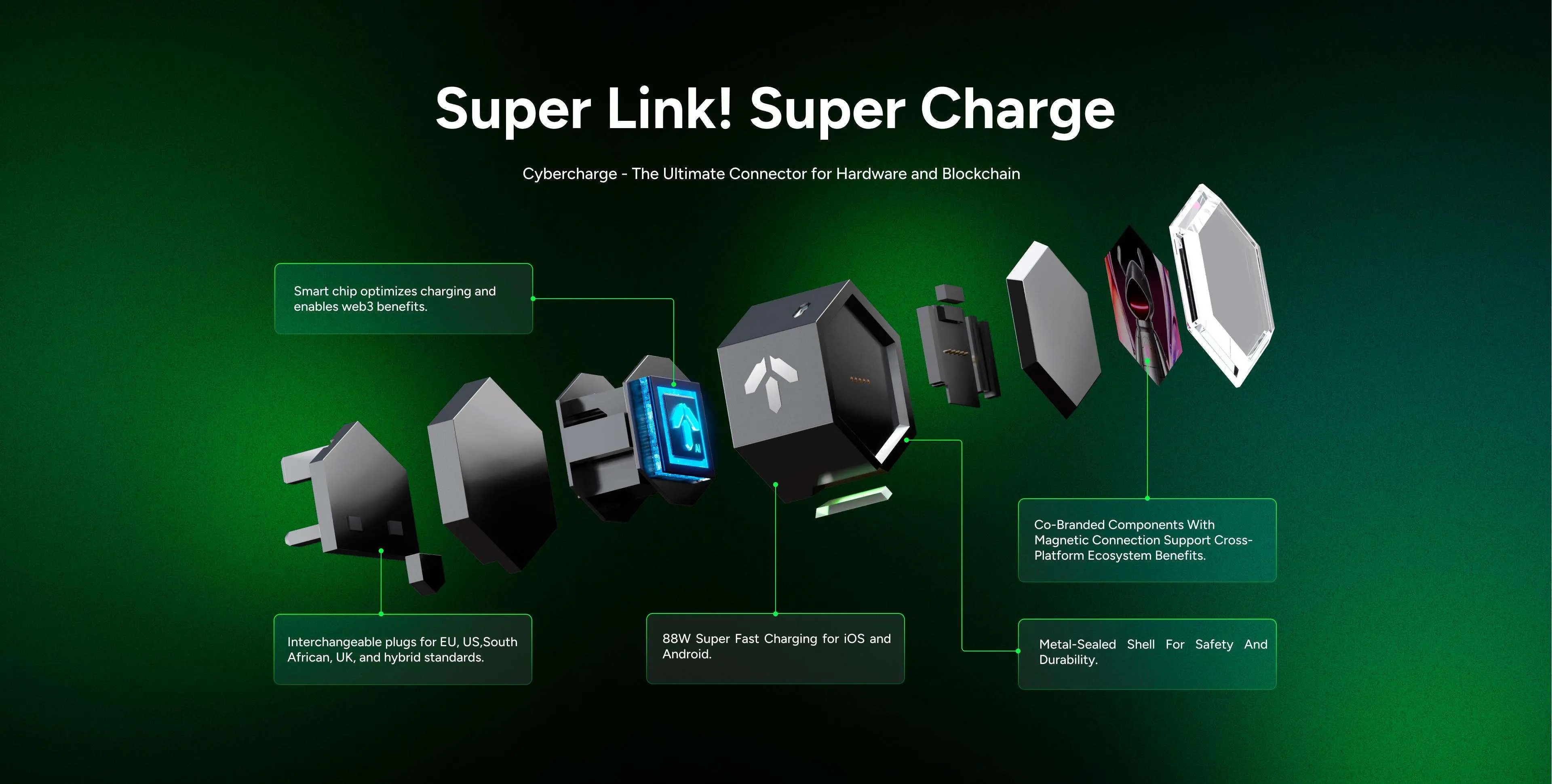
From Behavior to Identity
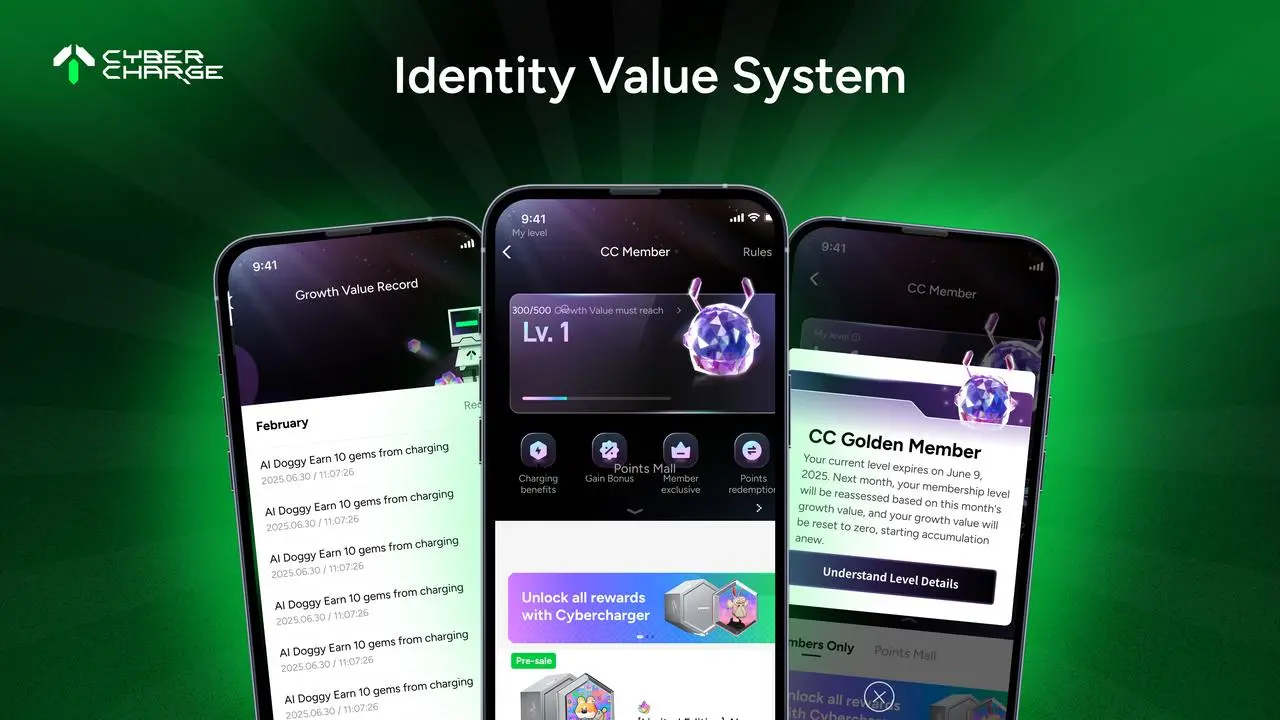
Incentive Design
CyberCharge is exploring a distinct approach to incentive design. At its core, the system rewards real-world behavior, specifically verified charging activity. Upon completing a genuine charging session, users will receive $GEM, a utility token within the ecosystem. $GEM can be used for device upgrades, in app game modules, and ecosystem exploration. It also holds a degree of liquidity, creating room for broader interaction and engagement.
In parallel, CyberCharge introduces a dual token structure that separates utility from asset value. $GEM functions as a consumable reward token, while $CC represents an asse token with higher strategic significance. To further align long term participation, CyberCharge plans to design $veCC, a staked version of $CC designed for governance rights and a share in ecosystem level incentives. The $veCC mechanism is based on time weighted staking, users who commit to longer lock up periods receive proportionally greater rewards and influence. This structure is designed to attract genuine supporters—those willing to stake long-term commitment in exchange for deeper governance participation and greater upside within the system.
Looking Ahead
DePIN was once primarily a conceptual frontier, but with the emergence of real world projects like CyberCharge, this revolution is becoming tangible. More importantly, its potential reaches far beyond current applications. In the future, we may see an expanding range of real world behaviors structured and integrated onto the blockchain, from electricity usage, driving, fitness, and video capture to bandwidth sharing and spatial co utilization. Any action that occurs in the physical world could become a foundational data input and asset gateway for Web3.
CyberCharge represents just a starting point. By anchoring value to something as simple and frequent as phone charging, it has taken the first meaningful step toward bridging the physical world with on chain systems. In this emerging network defined by behavior, every action becomes data, every piece of data carries value and ultimately, that value belongs to the actor.
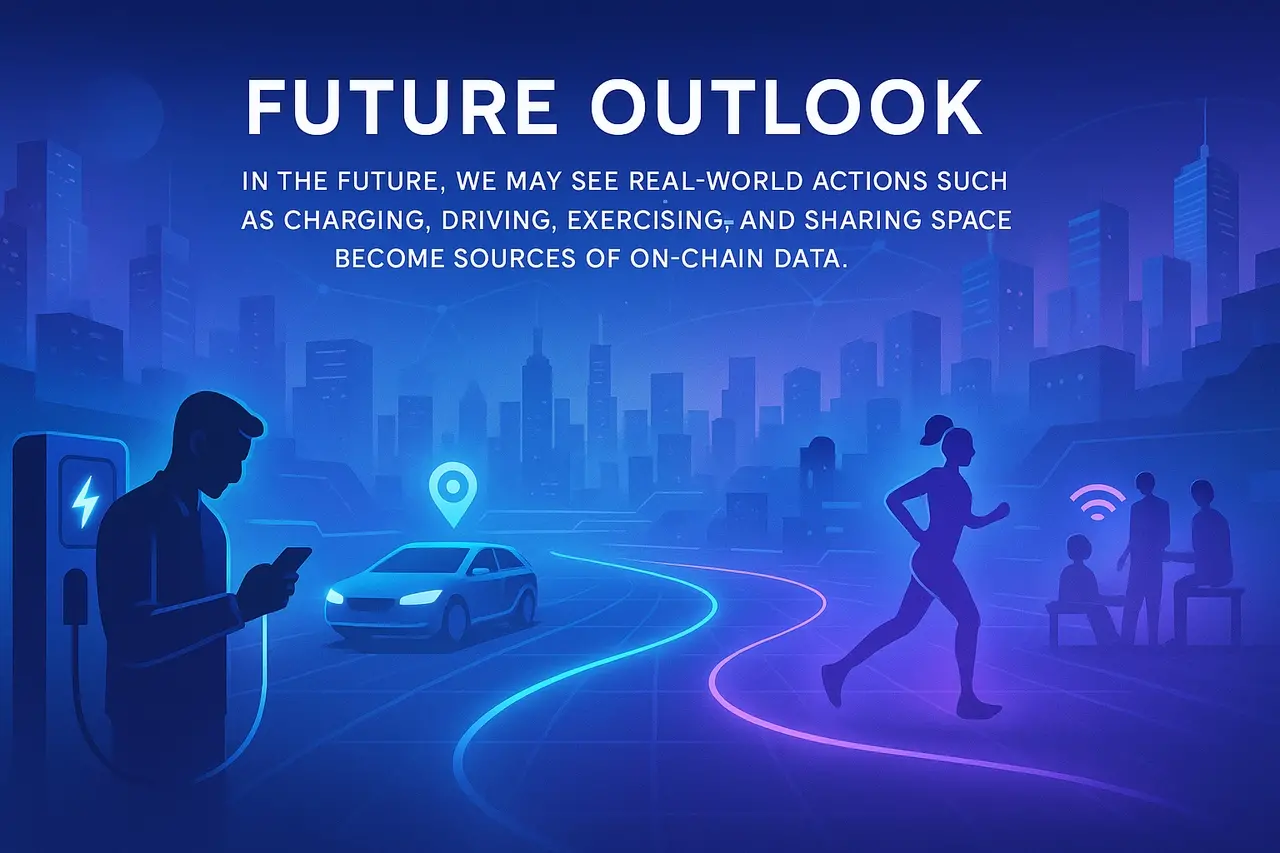
1.资讯内容不构成投资建议,投资者应独立决策并自行承担风险
2.本文版权归属原作所有,仅代表作者本人观点,不代表本站的观点或立场
您可能感兴趣
-
HashKey Holdings 正式在香港联合交易所主板挂牌上市
此次上市标志着公司迈入全新发展阶段,为全球布局与长期战略奠定了更加坚实的基础。亚洲成熟的综合性数字资产公司 HashKey Holdings Limited(「HashKey」或「公司」,股票代号:3
-
火币 HTX 三大福利同步放送:现货交易返现、合约“余币宝”躺赚、杠杆限时免息
年终大促!年终将至,行情震荡与机会并存,加密市场交易者的“年终奖”该如何最大化?这个12月,火币HTX“年终大促”级别的活动现已开启,覆盖合约、杠杆、现货三大核心板块——从稳健生息、到高效交易返现,再
-
 Bitget 每日早报(12月17日)|美国11月季调后非农就业人口 6.4万人;贝莱德向CEX转入约1.4亿美元ETH;Visa启用USDC稳定币清算服务,首批支持Solana链
Bitget 每日早报(12月17日)|美国11月季调后非农就业人口 6.4万人;贝莱德向CEX转入约1.4亿美元ETH;Visa启用USDC稳定币清算服务,首批支持Solana链今日前瞻 1、美FDIC提议制定稳定币申请框架相关规则,以推进《GENIUS法案》的实施。 2、韩国政府将本用于扶持小企业的1500万美元债务减免资金发放给加密货币持有者。 3、俄国家杜马金融市场委员
-
 Hyperliquid的大招「组合保证金」,能带来多少资金
Hyperliquid的大招「组合保证金」,能带来多少资金这是 Hyperliquid 长期以来最重要的升级之一。过去加密市场上的各种 DeFi 协议和 Perp DEX 的升级,事实上都是在解决同一个问题:如何让有限的资金,发挥出更大的流动性。传统金融的衍
-
Bitget 每日早报:贝莱德向 CEX 转入约 1.4 亿美元 ETH;Visa 启用 USDC 稳定币清算服务,首批支持 Solana 链
美国11月季调后非农就业人口 6.4万人。作者:Bitget今日前瞻1、美FDIC提议制定稳定币申请框架相关规则,以推进《GENIUS法案》的实施。2、韩国政府将本用于扶持小企业的1500万美元债务减
-
RWA 爆火背后:是机遇,还是骗局?
这个领域机会虽大,坑也不少。撰文:许倩引言RWA 因其「虚实结合」的特性,诈骗项目往往更具欺骗性,它们利用传统金融的信任感和区块链的「创新」外衣进行包装。这个赛道巨大的潜力和随之而来的风险。这个领域机
-
我高中辍学,跟 AI 学习,逆袭成为 OpenAI 研究员
学习,这个概念,在 AI 时代完全变了。作者:金光浩前段时间,我在上海参加了一个 AI 聚会。活动本身聊的 AI 落地内容很多。但最让我印象最深的,是一位投资人前辈分享的学习方法。他说这个方法救了他,
-
 Theoriq 主网正式上线,连接加密基础设施与人工智能
Theoriq 主网正式上线,连接加密基础设施与人工智能Theoriq 已正式推出其主网,开启了首个专为AI原生金融构建的模块化基础设施栈。此次上线激活了 AlphaSwarm 和 AlphaProtocol,使开发者能够构建、注册并扩展自主代理,这些代理
- 成交量排行
- 币种热搜榜
 泰达币
泰达币 比特币
比特币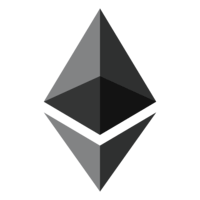 以太坊
以太坊 OFFICIAL TRUMP
OFFICIAL TRUMP USD Coin
USD Coin Solana
Solana First Digital USD
First Digital USD 瑞波币
瑞波币 币安币
币安币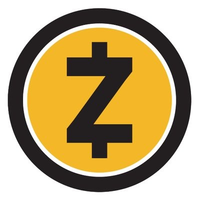 大零币
大零币 狗狗币
狗狗币 莱特币
莱特币 Sui
Sui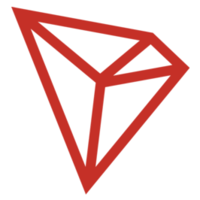 波场
波场 Avalanche
Avalanche FIL
FIL OKB
OKB LUNC
LUNC SHIB
SHIB ZEN
ZEN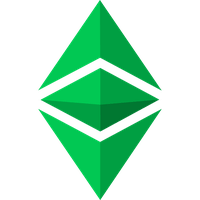 ETC
ETC CAKE
CAKE DOT
DOT YGG
YGG